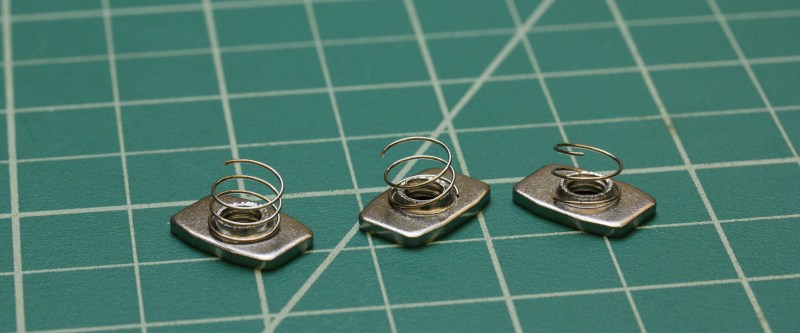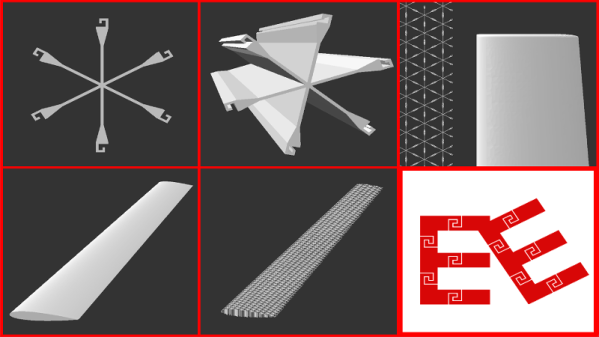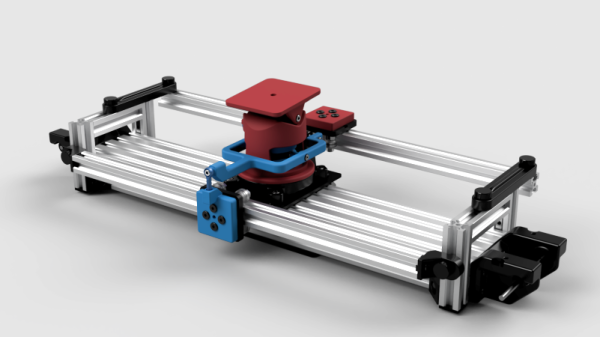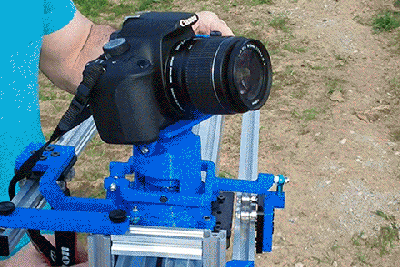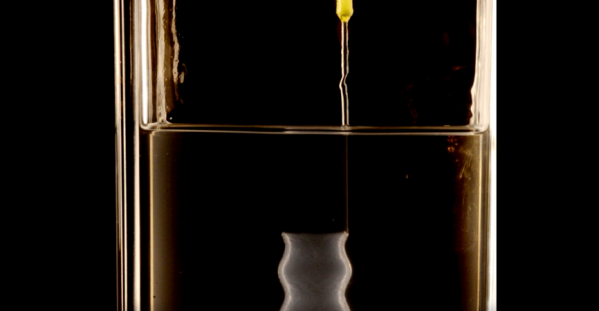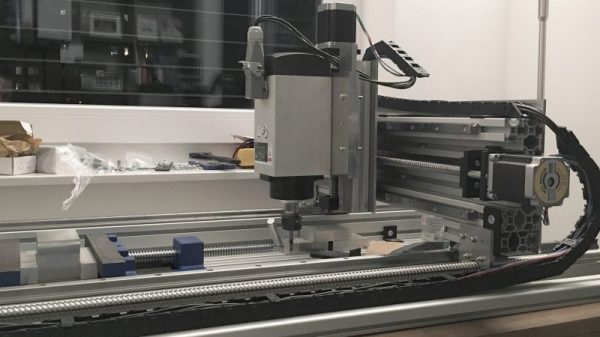Conventional 3D printing and other additive manufacturing methods are highly effective at producing parts of irregular geometries that are difficult or impossible to create with other methods. However, there is a whole set of compromises that come with it – material uniformity, strength, and size are just some that come to mind. There are, however, other techniques that can be used in conjunction with these technologies, and the use of so-called “extruded elements” may be one of them.
The idea is to break up large models into a series of smaller mutually interlocking pieces of an extruded form. This is done by importing an STL model into OpenSCAD and processing it with a special script. This script essentially intersects a matrix of extruded forms upon the original part geometry, allowing it to be printed as a series of seperate pieces that can later be assembled. The instructions are long and detailed, but are an accurate guide of how to create your own extruded element parts.
There are options to customise the process, allowing for filled and skeleton type extrusions and various ways of interlocking the parts. There are interesting implications for this technology, thanks to the benefits of interlocking parts. Particularly, it could have great benefits for the repair of damaged structures and for building objects that exceed the size of the build platform on a smaller 3D printer. The technique looks especially good for building up lightweight cores for big objects. [Toby] is working on a stand-up paddle board.
We look forward to seeing how this particular project develops. We’ve seen other techniques to build large printed structures, before, too – like this giant RC F1 car.
